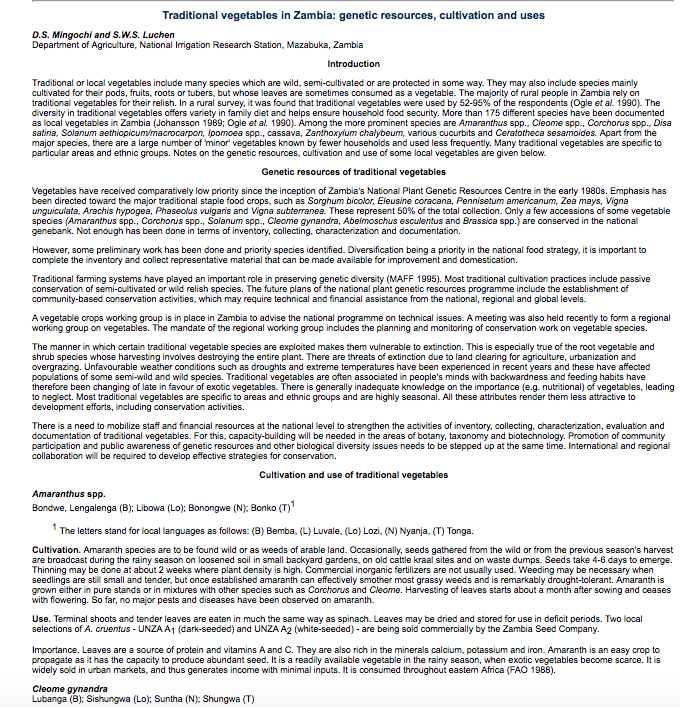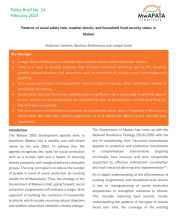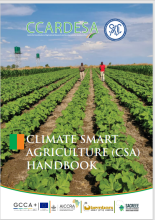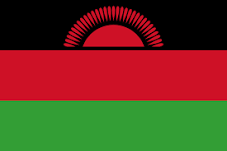Traditional or local vegetables include many species which are wild, semi-cultivated or are protected in some way. They may also include species mainly cultivated for their pods, fruits, roots or tubers, but whose leaves are sometimes consumed as a vegetable. The majority of rural people in Zambia rely on traditional vegetables for their relish. In a rural survey, it was found that traditional vegetables were used by 52-95% of the respondents (Ogle et al. 1990). The diversity in traditional vegetables offers variety in family diet and helps ensure household food security. More than 175 different species have been documented as local vegetables in Zambia (Johansson 1989; Ogle et al. 1990). Among the more prominent species are Amaranthus spp., Cleome spp., Corchorus spp.,Disa satiria, Solanum aethiopicum/macrocarpon, Ipomoea spp., cassava, Zanthoxylum chalybeum, various cucurbits and Ceratotheca sesamoides. Apart from the major species, there are a large number of ‘minor’ vegetables known by fewer households and used less frequently. Many traditional vegetables are specific to particular areas and ethnic groups. Notes on the genetic resources, cultivation and use of some local vegetables are given below.
D.S. Mingochi and S.W.S. Luchen, 2016. Traditional vegetables in Zambia.

























































